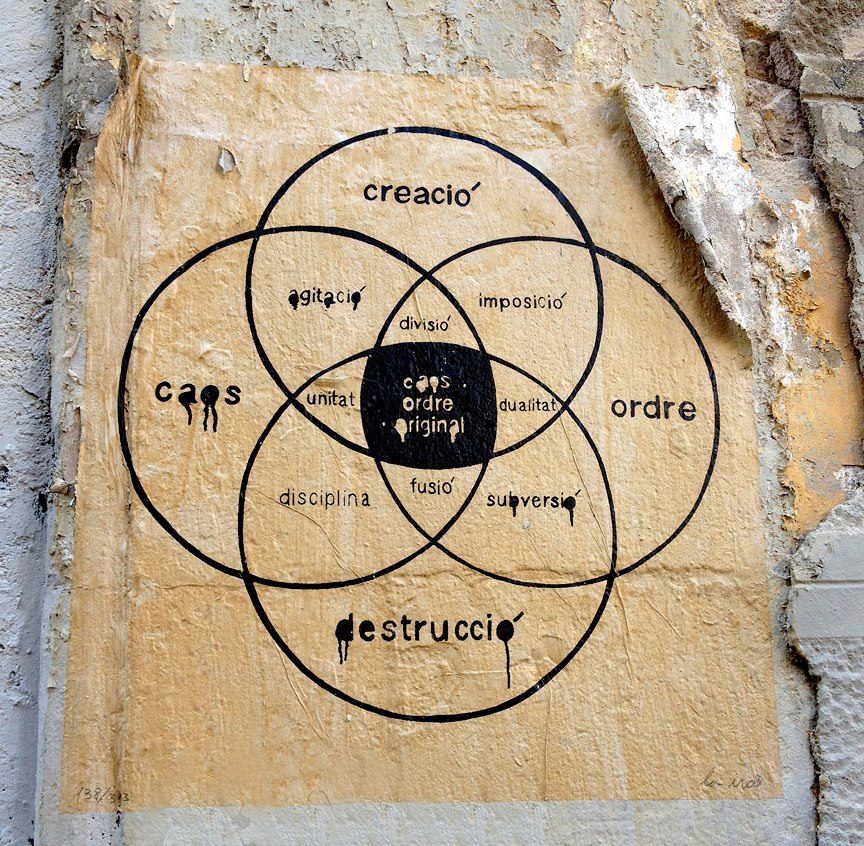Finally, ready to get this process underway!!
1. Pour the solution into the jar. Careful of the acidic solution! The scientist in me recommends gloves, goggles, and maybe even an apron to protect your clothing. Make sure you think about pets and children. There's a rule with strong acids: NEVER pour water into acid; it can explosively react, spattering burning acid everywhere.
2. Suspend two copper anodes on either side of glass jar. You can fold them over the edge, or hang them from a wire from a crossbar. I bent a couple of heavy copper wires into hooks and hang my copper sheet electrodes from them.
3. Suspend the bead on thin copper wire from a crossbar in the center of jar. The copper wire must contact the copper paint. Usually I run the wire down the center of the bead and turn the wire up so that the painted area rests in contact with the tip of the wire. The area to be electroformed must be completely submerged in the solution.
4. Connect bead to negative terminal of rectifier ( with power off) -- this is the green lead in my photo.
5. Connect both anodes to positive terminal of rectifier -- you can see that I have one red lead going between the anodes and another from one anode to the rectifier. Make sure the piece is centered between the anodes, and that there is no contact.
6. With power off, turn voltage to maximum position and current to minimum position.
7. Estimate surface area on bead to be covered with copper. I usually have close to one square inch. Turn main power on, then slowly increase current to 0.1 amp (100 milliamp) for one square inch. If you're covering a lot less area, you may want to have this number lower to ensure nice plating.
8. Wait, wait, and wait some more! Copper will start depositing immediately and build slowly if you're doing it right. Check periodically (power off!). You can gauge how much copper is on the bead by looking at the changing thickness of the wire supporting the bead. The contact point between the bead and the wire can grow together, so moving that wire occasionally is a good idea. You may also want to rinse carefully and repaint any bare areas again with copper paint.
9. When you're happy with the thickness of the copper, turn the power off, disassemble everything, rinse and store for later use. If you leave the copper anodes in the acid solution, they will be eaten away. If you leave the solution uncovered, it will evaporate. Practice good housekeeping. I cover my solution with a clever blue beaker plug that I purchased from Rio Grande.
10. When operating properly, the plating should be shiny, new-penny copper. After several beads, the plating may become more matte, brownish and rougher. This is the time to add a couple of drops of the Brightener Solution. When even that won't revive the nice plating, it's time to filter the solution through activated charcoal (purchase at the pet store) held in coffee filters inside a funnel.
Enjoy!!!






















